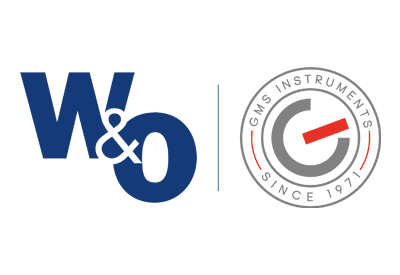
Valves
Pressure relief valve (PRV)
A pressure relief valve ensures constant pressure in the process areas that work at a pressure lower than the standard system pressure. A pressure relief valve’s primary purpose is to protect life and property by venting fluid from an overpressurized vessel. Pressure reducing valves can be set for every specific or needed downstream pressure, obviously, within the design limits of the pressure valve. Once the valve is set, the reduced pressure is maintained regardless of changes in supply pressure and variations in system load.
There are various methods and types of pressure control valves. The most used types are the spring-loaded pressure relief valves, differential pressure valves, and pressure reduce valves.
Spring-loaded pressure relief valve
A basic spring-loaded pressure relief valve is applied to fulfil the need for a simple, reliable, system actuated device to provide overpressure protection.
The Spring-loaded pressure relief valve consists of a valve inlet or nozzle mounted on the pressurized process, a disc held against the nozzle to prevent flow under standard system operating conditions, a spring to keep the disc closed, a body/Bonnet to contain the functional elements. The spring load is adjustable to vary the pressure at which the valve will open.
When a pressure relief valve begins to lift, the spring force grows. Thus system pressure must increase if the lift is to continue. Therefore, pressure relief valves are allowed an overpressure allowance to reach their full lift. This allowable overpressure is generally 10% for Valves on unfired systems. Most pressure relief valves have a secondary control chamber or huddling chamber to enhance lift. As the disc begins to lift, fluid enters the control chamber, exposing a larger area of the disc to system pressure.
Because of the larger exposed area to the system pressure after the pressure valve achieves lift, the valve will not close until system pressure has been reduced to the level below the set pressure. The configuration of the control chamber specifies where the closing point will happen. The difference between the set pressure and the closing point pressure is called blowdown and is expressed as a percentage of set pressure.
GMS Instruments is the official distributor of AMOT and Clorius Controls pressure relief valves. For more information, reach out to our specialists.
